Fluency students seem to come in waves for me. I may have a few years with no students working on fluency goals, and then all of a sudden, BAM! I get two or three students at once who need some intensive support. One of the toughest things to tackle with these new kiddos is simply deciding where to start. We know fluency can be ever changing with students who stutter, so gauging where they are so I know where to start is tricky. Enter, The Stuttering Screener!

I needed a way to get a baseline on my new fluency students that was quick and efficient. Language samples can take a bit and sometimes can be tough, especially when students are new and may not feel like being too chatty with a new person.
The Stuttering Screener has 3 different passages (Camping, Playground, and Baking) and picture scenes that you can use to get a good ‘snapshot’ of where your fluency students are at. Since there are three different ones, you can use them to progress monitor students throughout the year!


Each passage has 100 words to make calculating a percentage of stuttering quick and easy. You can just mark on the sheet where the disfluency took place. You can also mark how many of each type of disfluency you heard at the bottom. The blank forms with the lines are to be used to write down the student’s description of the picture scenes. Don’t worry though, you still have spaces to mark disfluency types.

After you have your sample, you can enter in the information on the the recording form along with any other important information. You can use the included Severity Rating form to help determine where your student falls. There is also an Interview and Language Sample form for you to get more information if you want.
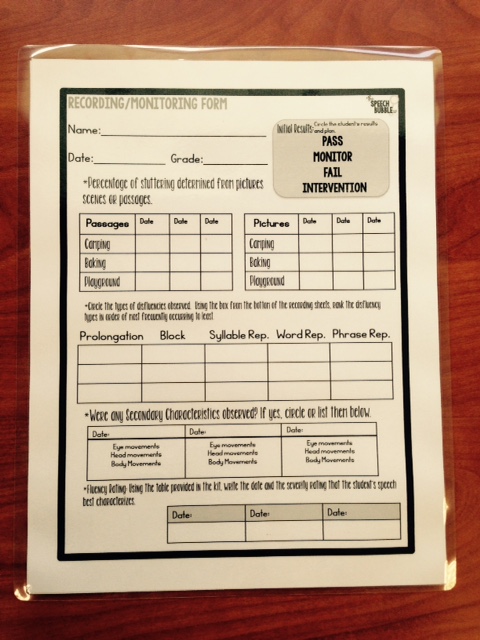
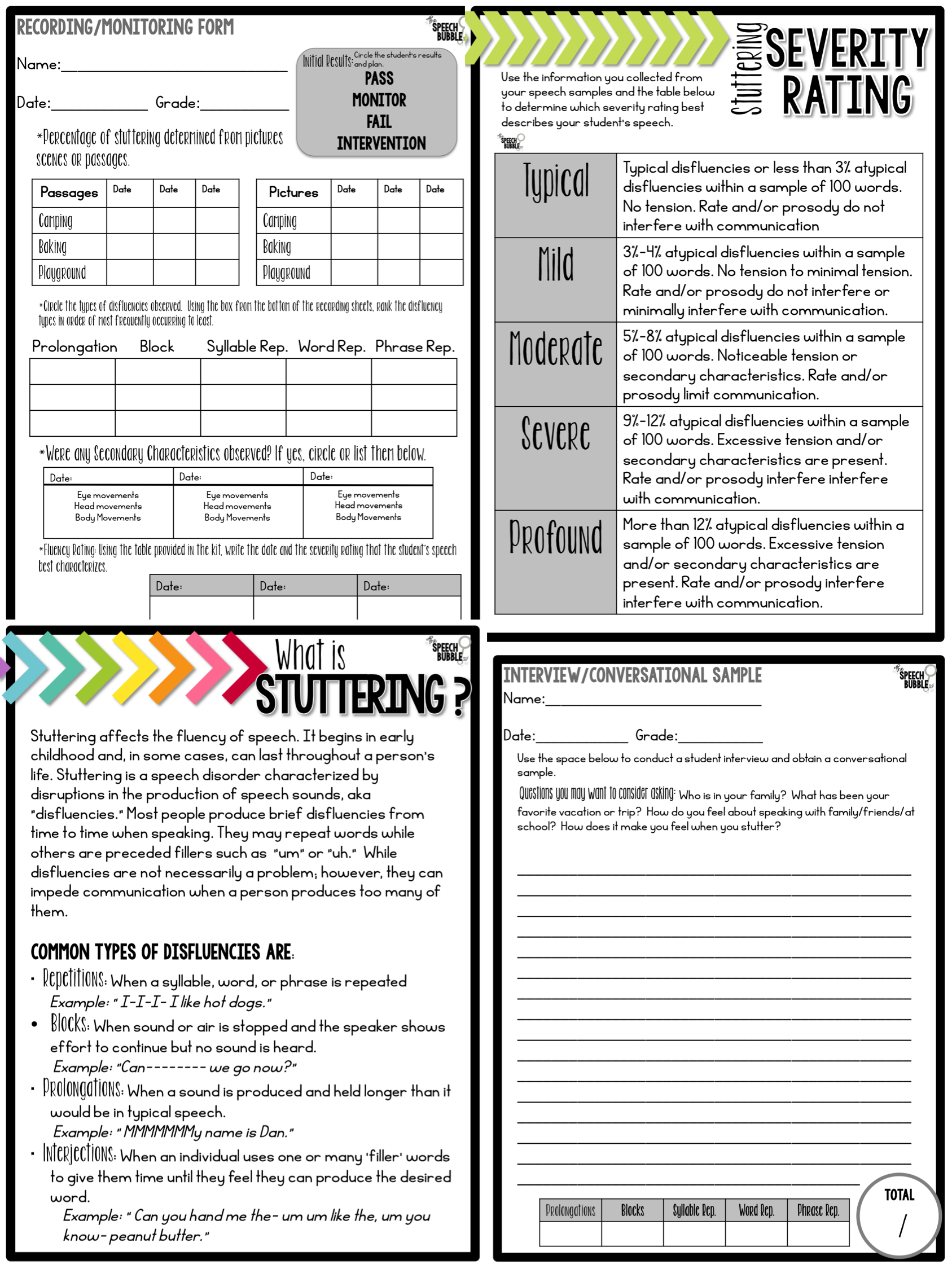
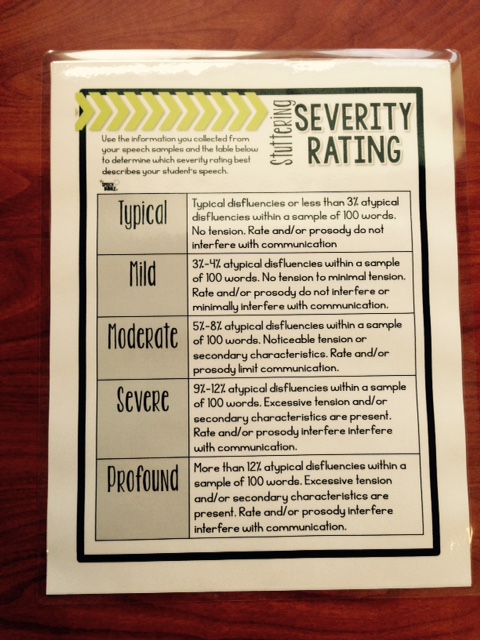
You can grab The Stuttering Screener at my TpT store.

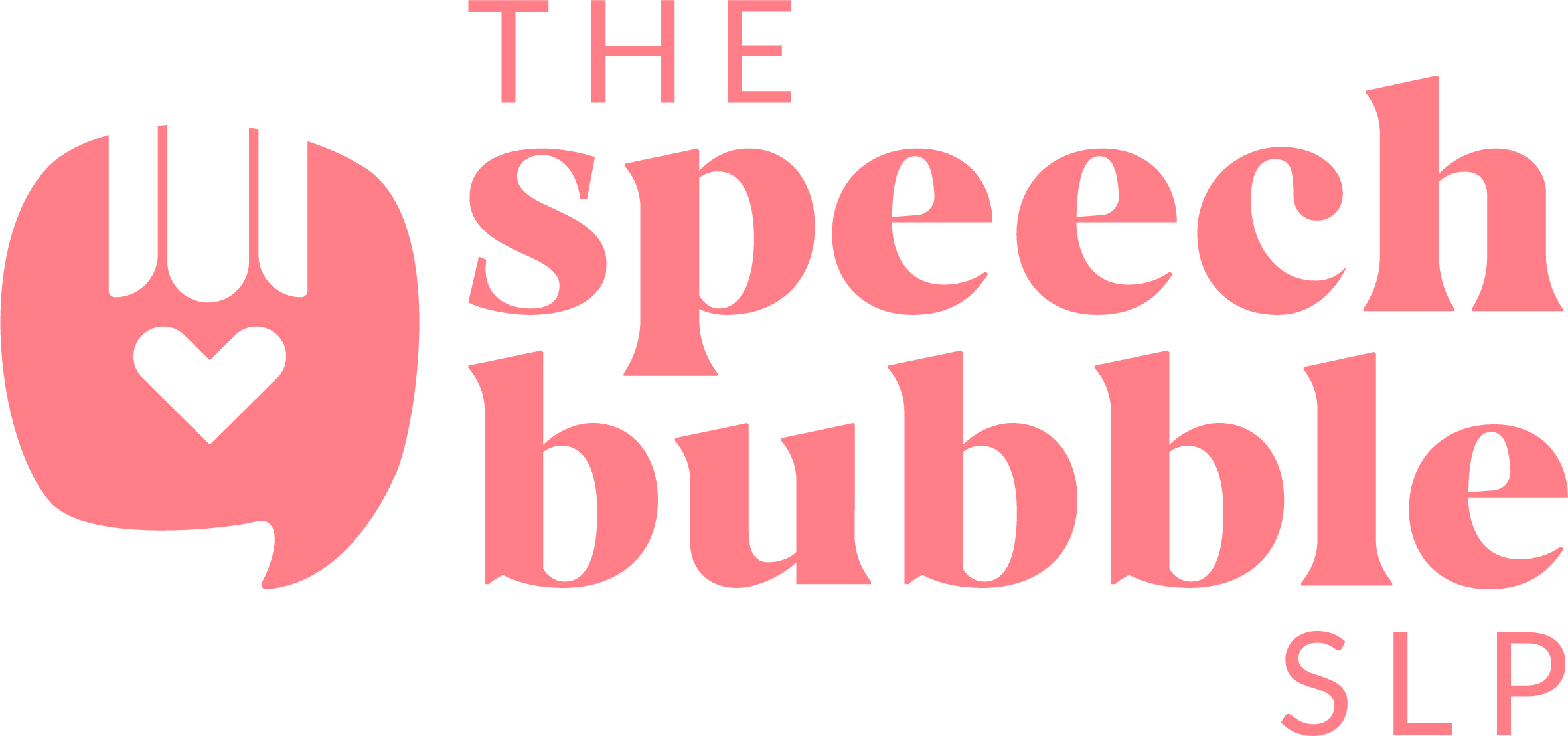
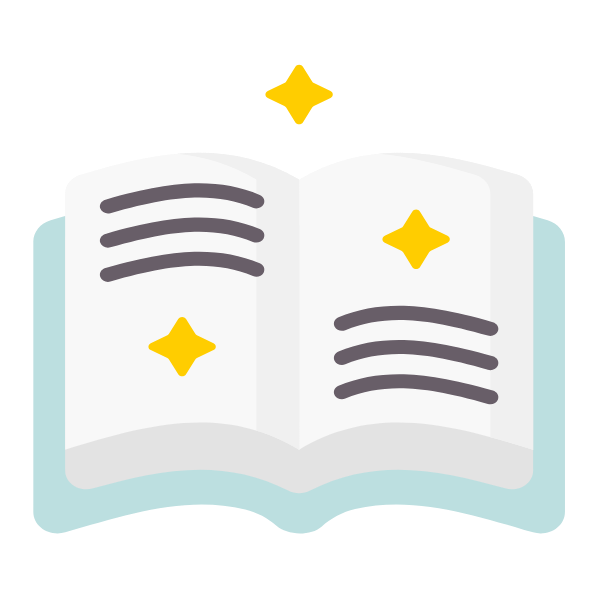


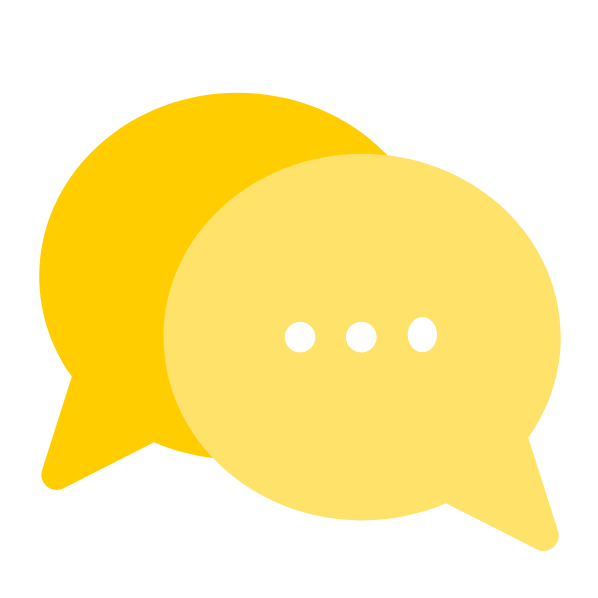

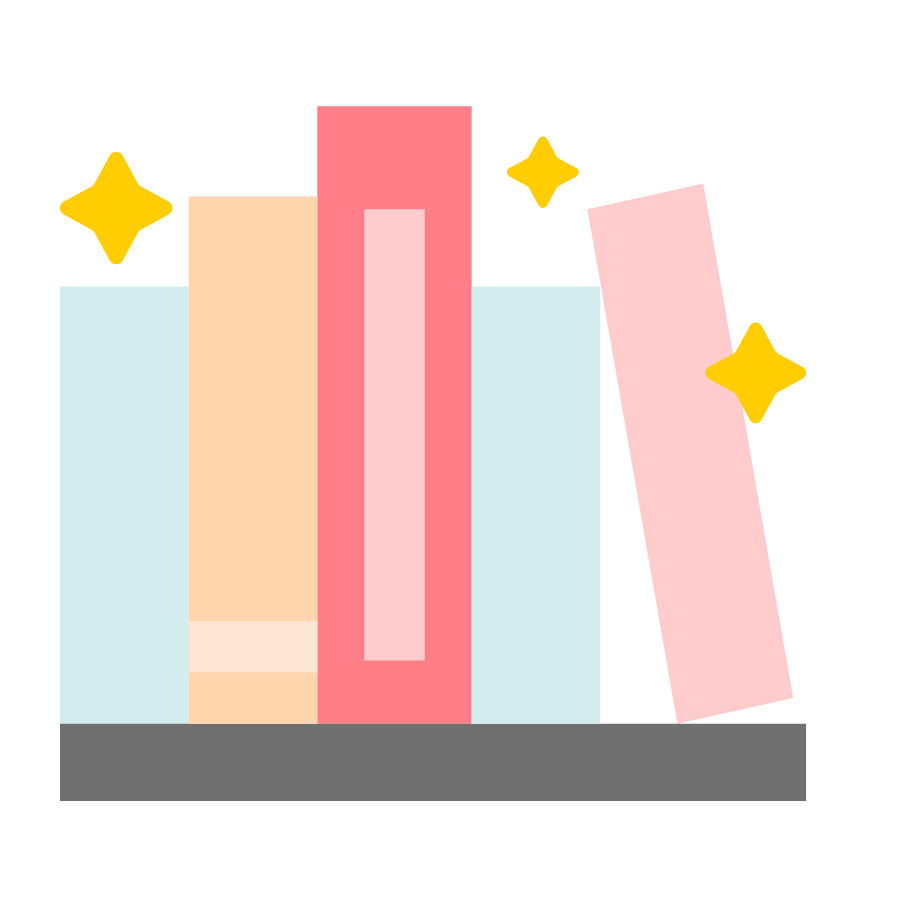
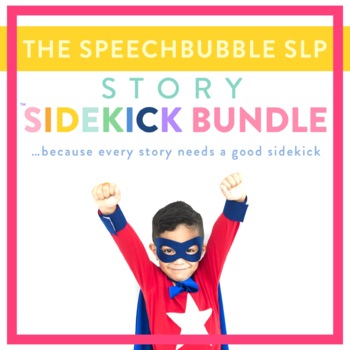







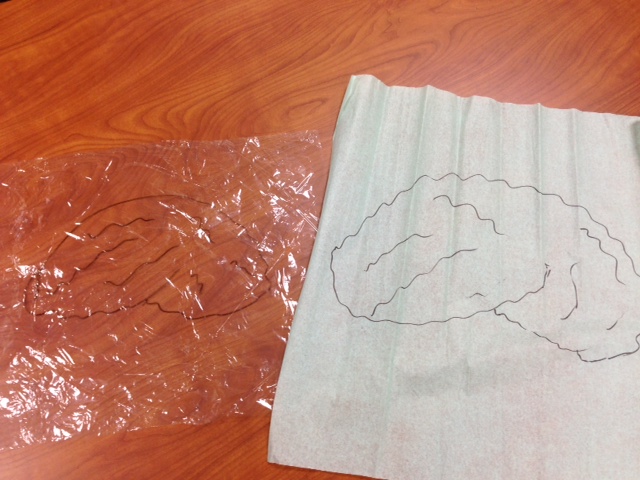

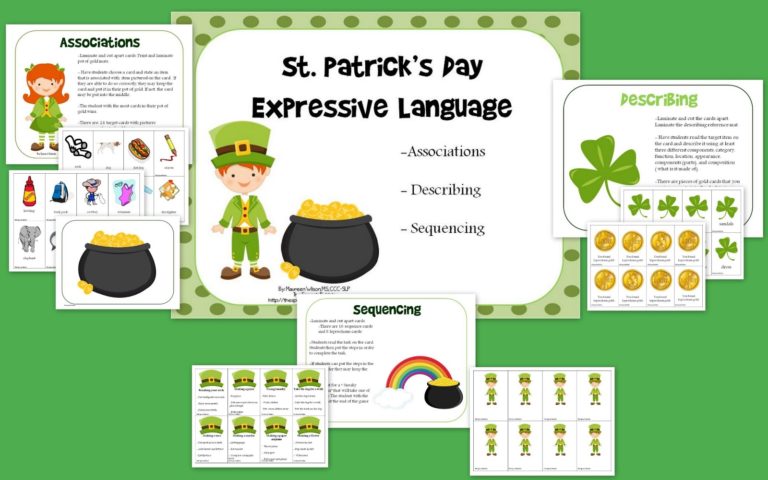

6 Responses
This looks amazing (like everything you create!). It’s in my cart!
You’re too kind Annie 🙂
Hello.. I was wondering where you got your severity rating scale from. What did you base your percentages of off?
Hi Alisa,
I used information from the SSI, The Source Book on Stuttering, and various research fluency articles to compile the percentage ranges and ratings scale. Please keep in mind that the screener was created to be a helpful tool, it is not normed or standardized. I did my best to ensure that the research and information put into this screening was supported by evidence and research. I hope you find it helpful and informative 🙂
This looks like a great screener. My only concern is that a lot of people with a stutter do not stutter, or do not stutter as severly during reading.
Hi, you’re right about how the chance of stuttering may decrease when someone is readying, depending on how stressful it can be for the person. That is why I included pictures to act as stimuli for a more natural language sample, if the student is a young child or not reading yet.